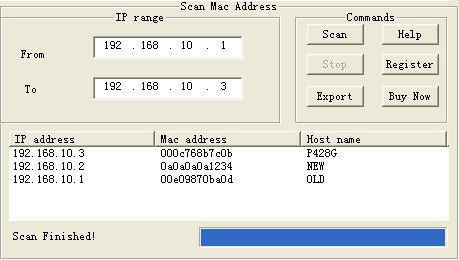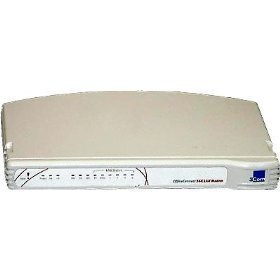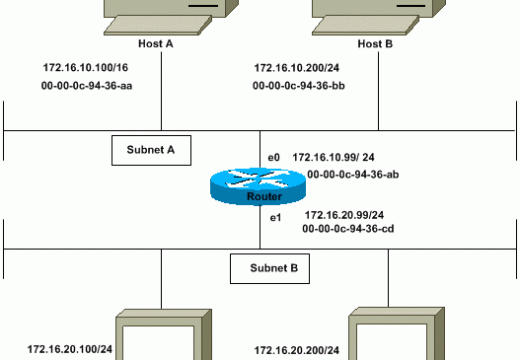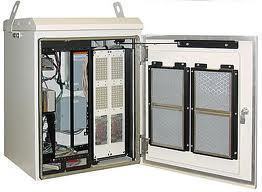A MAC address is an address that exists on Layer 2 of the OSI Model.
Layer 2 of the OSI model is the Data Link Layer. The Data Link Layer consists of two sublayers, the Media Access Control (MAC) layer and the Logical Link Control (LLC) layer. The MAC sublayer controls how a network node gains access to the data and permission to transmit it.
MAC addresses are globally unique and are written into hardware when manufactured. For this reason, MAC addresses are sometimes called Burned In Addresses (BIA).
After manufacture, it is possible in many cases to change the MAC address of a device in software.

Many different Layer 2 technologies, including Ethernet, Token Ring, 802.11, Bluetooth, FDDI, ATM, SCSI, and Fibre Channel use MAC addresses.
Because MAC addresses originated in the Ethernet specification, the MAC address is sometimes referred to as the Ethernet Address.
A MAC address is 48 bits long. This means that there are 281,474,976,710,656 possible MAC addresses.
A sample MAC address looks like this:
00-0C-F1-56-98-AD
The first three bytes of this address (00-0C-F1) identify this network device’s manufacturer, in this case Intel.
The IEEE assigns these first three bytes and the database is available online at IEEE OUI and Company_id Assignments.
Intel assigned this address’s last three bytes when the device was manufactured.




bris
Excellent..clear and sweet